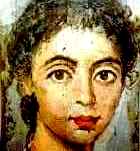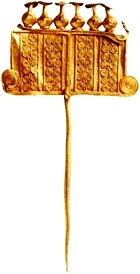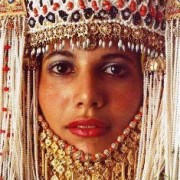Women in the Bible
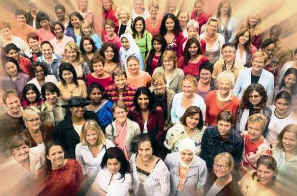 When I was young, Bible stories always seemed to be about men – what they did, what they said, what they felt. Women were left out or presented as stereotypes: good women, bad women, or invisible.
When I was young, Bible stories always seemed to be about men – what they did, what they said, what they felt. Women were left out or presented as stereotypes: good women, bad women, or invisible.
Something was wrong. Why was the biblical world made up mainly of men?
The answer is, it wasn’t. The focus on men was given by people, not God.
Here’s an example. Everyone knows the story of David and Goliath, but hardly anyone has heard of Jael and Sisera. The two stories are remarkably similar, but
- the first is about a man who kills an enemy,
- the second is about a woman who does the same.
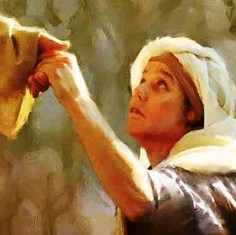 The first story is world famous; the second is virtually forgotten.
The first story is world famous; the second is virtually forgotten.
As I read the Bible more carefully, I found stories about women I had never heard of. They are rarely discussed, even though the women characters are fascinating, feisty, beautiful, courageous – at least as interesting as the men!
In a way this made sense, because men were the target audience at the time the Bible stories were put down on paper, so the stories dealt with matters important to men.
Women’s stories, on the other hand, were part of the oral tradition, stories passed down from one generation to the next – from grandmother to mother to daughter – much like family stories are now. Since they were not written down, many were lost.
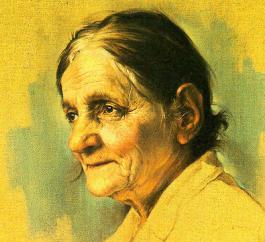 This website tries to shift the focus back onto the women’s stories, by looking at biblical women and asking
This website tries to shift the focus back onto the women’s stories, by looking at biblical women and asking
- Who were they?
- What were their stories?
- What did they think, do, and feel?
It does not ignore the male characters. They were part of God’s story, as the women were. But it brings the women characters, especially the lesser known ones, into the spotlight, so that there is better coverage of the whole human experience of God.
What’s in the Bible?
The Bible stories happened thousands of years ago, but they deal with universal themes relevant to anybody, in any time. There are stories of passion, rage, jealousy, loyalty, happiness, and grief; they describe human events such as childbirth, death, battles, and migrations.
There are women from every social level: queens and peasant girls, slaves and princesses, saints and sinners. Taken together, the stories cover all of human experience.
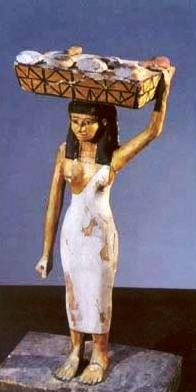
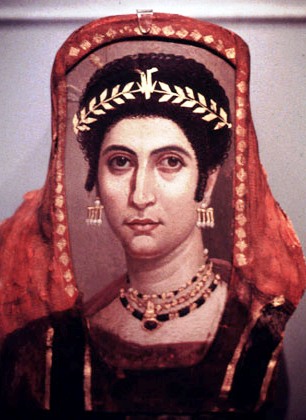
Each story comes as a plot outline and we, the listeners/readers, are expected to fill in the details. Imagine an outline for some famous book or film, distilling the complex story into just a few short sentences. This is what the Bible does.
Ancient storytellers filled in the details by adding background information, characterizations, jokes, and actions – as any good entertainer does. The stories cried out for improvisation.
Above all, you will find there are very few straightforward heroes or villains. These are real human beings, warts and all, not as they would like to see themselves.
Search Box
![]()
Read the Bible text itself –
not just what people say about it
Over the centuries people added layer upon layer of interpretation to the bare bones of the stories.
These layers contained the opinions and values of the society that produced them, in whatever century. In the 19th century, when women stayed at home and were full-time carers, Mary of Nazareth was interpreted as a gentle, submissive woman, mirroring 19th century ideals of what a good woman should be.
But if you read the stories about Mary with fresh eyes, you’ll see a woman who is decisive, forthright, ready to take charge. You’ll interpret her story in light of your own experience of life in the modern world.
‘What did she look like, this girl who became the most famous woman in history? Probably less than five feet tall, robust, sturdy, with plump little breasts and strong brown hands callused from work, glossy black hair with a line of red or purple dye down the center parting.’
For an example of this, read the webpage on the Marriage at Cana at the Life of Jesus Christ. See what I mean?
So as you look at the stories today, be careful that the interpretations of previous generations do not cloud the essential story.
Approach the stories as if you were hearing them for the first time. Look at the people, particularly the women, in the light of your own experience of life and of God. Draw on the wisdom of past commentators, but don’t let their interpretations dim your present vision.
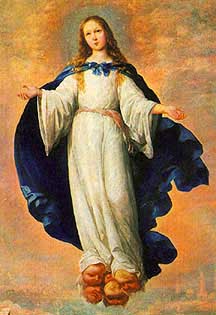 Above all, do not fall prey to deadening piety. Sometimes we are too reverent with the Bible.
Above all, do not fall prey to deadening piety. Sometimes we are too reverent with the Bible.
Don’t treat it with such over-zealous care that the life is drained out of it. These are lively stories about robust people searching for God, and we must be just as robust in our search.
Ask questions, argue back, and don’t be content until you have nutted out an answer for yourself. This is the way to God.
Be a detective
Always use this website with a copy of the Bible beside you. Work from the biblical text itself, not from your own memory or from secondary sources which may be biased or sentimentalized.
Read the story, then look for clues as to why the people acted as they did. Think of yourself as a detective, trying to unravel the intricacies of a past event.
Ask these questions:
1. What is the story about? What are the most dramatic moments in the story? Why do these particular moments appeal to me?
2. Who are the characters in the story, and how do they behave? For example, who speaks and who listens? Who acts? Who is the powerful member of the group? Who gets what they want? If you were in the story, which person would you want to be friends with? Which person would you want to avoid?
3. How is God portrayed in the story? What is God’s interaction with the main characters? What does this tell you about the narrator’s image of God? Do you agree with this image?
4. What is the social and historical background of the story? Go to the link called ‘XX’s World’ at the top of each web page; this gives information on the social and political world a particular woman lived in. Given their context, do the characters in the story behave in a reasonable way?
5. What is happening on either side of the story, in the chapters before and after it? Does this provide clues for understanding what is happening?
6. The narrator/editor has chosen to tell some things and leave other things out. What may have been left out of the story? Why would this be?
7. Are there elements of the story that still happen to-day? Are the characteristics and actions of the people in the story still present in the world? How might the story be relevant to modern life?
Now read about some of the fascinating women of the Bible
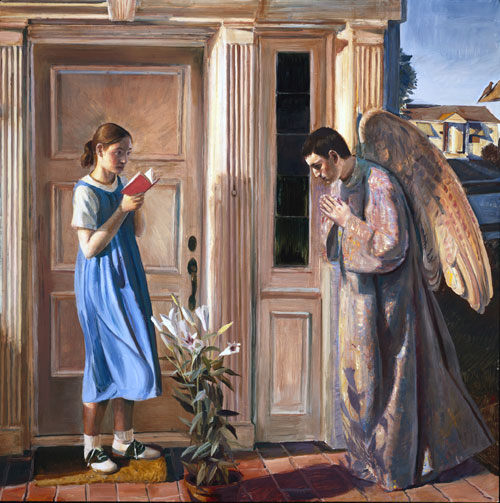
Modern interpretation of Mary and Gabriel in Luke’s Gospel (John Collier)
Bible Woman – Women of the Old and New Testaments.
How to Use this Bible Study Resource
Search Box
![]()
Women in the Bible links
Bible Women
Their stories, with Bible text and historical background
Life of Jesus Christ
A website on Jesus’ birth, ministry, death and resurrection
Story of Jael & Sisera
Lone woman slays fearsome enemy general
Marriage at Cana
The real Mary of Nazareth
© Copyright 2006
Elizabeth Fletcher

